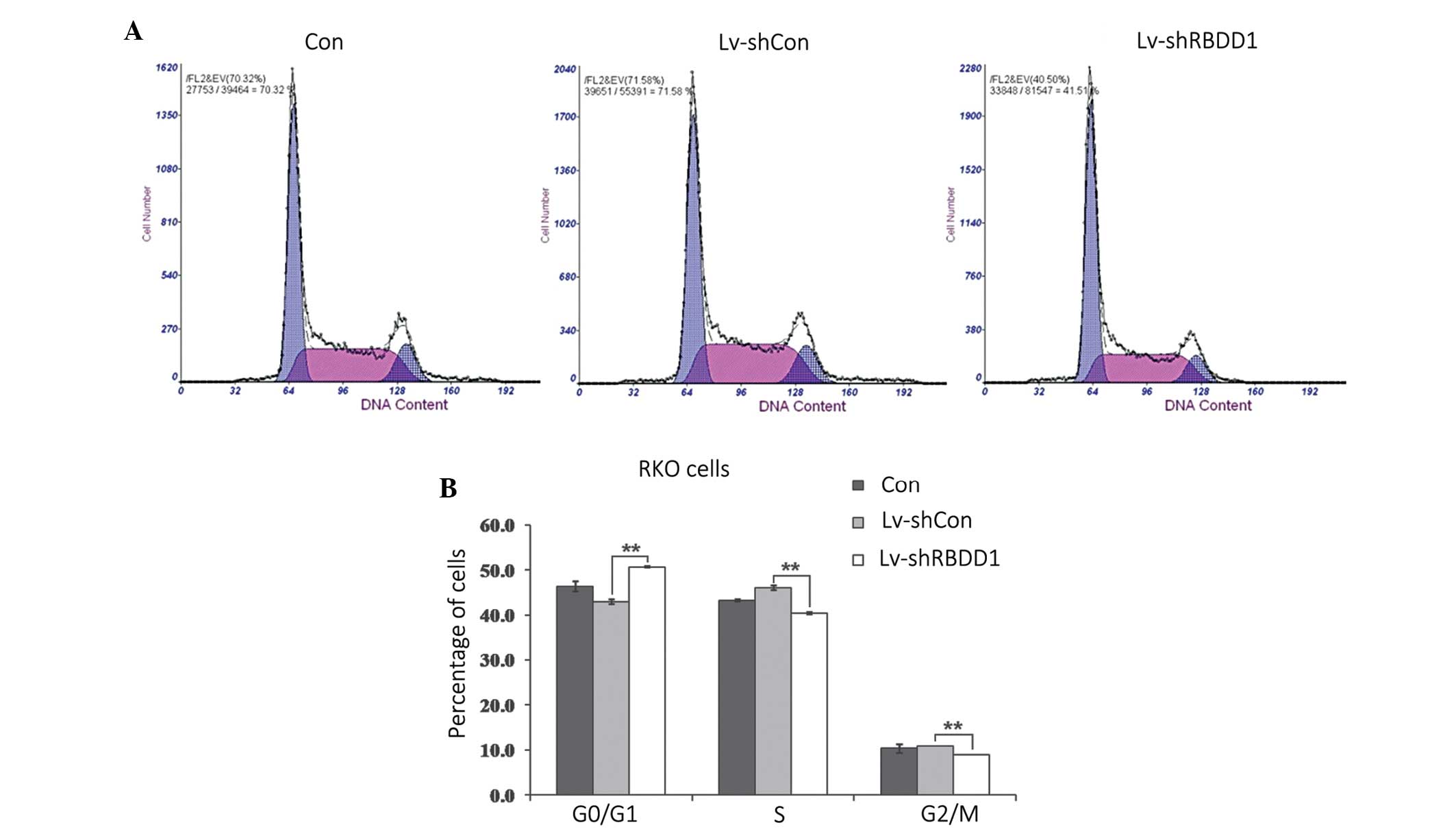|
1
|
Cancer Genome Atlas Network: Comprehensive
molecular characterization of human colon and rectal cancer.
Nature. 487:330–337. 2012. View Article : Google Scholar : PubMed/NCBI
|
|
2
|
Merika E, Saif MW, Katz A, Syrigos K and
Morse M: Review. Colon cancer vaccines: an update. In Vivo.
24:607–628. 2010.PubMed/NCBI
|
|
3
|
Cunningham D, Atkin W, Lenz HJ, et al:
Colorectal cancer. Lancet. 375:1030–1047. 2010. View Article : Google Scholar : PubMed/NCBI
|
|
4
|
Fearon ER: Molecular genetics of
colorectal cancer. Annu Rev Pathol. 6:479–507. 2011. View Article : Google Scholar
|
|
5
|
Lemberg MK: Intramembrane proteolysis in
regulated protein trafficking. Traffic. 12:1109–1118. 2011.
View Article : Google Scholar : PubMed/NCBI
|
|
6
|
Brown MS, Ye J, Rawson RB and Goldstein
JL: Regulated intramembrane proteolysis: a control mechanism
conserved from bacteria to humans. Cell. 100:391–398. 2000.
View Article : Google Scholar : PubMed/NCBI
|
|
7
|
Kroos L and Yu YT: Regulation of sigma
factor activity during Bacillus subtilis development. Curr Opin
Microbiol. 3:553–560. 2000. View Article : Google Scholar : PubMed/NCBI
|
|
8
|
Weihofen A and Martoglio B:
Intramembrane-cleaving proteases: controlled liberation of proteins
and bioactive peptides. Trends Cell Biol. 13:71–78. 2003.
View Article : Google Scholar : PubMed/NCBI
|
|
9
|
Freeman M: Rhomboid proteases and their
biological functions. Annu Rev Genet. 42:191–210. 2008. View Article : Google Scholar : PubMed/NCBI
|
|
10
|
Wolfe MS and Kopan R: Intramembrane
proteolysis: theme and variations. Science. 305:1119–1123. 2004.
View Article : Google Scholar : PubMed/NCBI
|
|
11
|
Urban S: Rhomboid proteins: conserved
membrane proteases with divergent biological functions. Genes Dev.
20:3054–3068. 2006. View Article : Google Scholar : PubMed/NCBI
|
|
12
|
Koonin EV, Makarova KS, Rogozin IB,
Davidovic L, Letellier MC and Pellegrini L: The rhomboids: a nearly
ubiquitous family of intramembrane serine proteases that probably
evolved by multiple ancient horizontal gene transfers. Genome Biol.
4:R192003. View Article : Google Scholar : PubMed/NCBI
|
|
13
|
Wasserman JD, Urban S and Freeman M: A
family of rhomboid-like genes: Drosophila rhomboid-1 and
roughoid/rhomboid-3 cooperate to activate EGF receptor signaling.
Genes Dev. 14:1651–1663. 2000.PubMed/NCBI
|
|
14
|
McQuibban GA, Saurya S and Freeman M:
Mitochondrial membrane remodelling regulated by a conserved
rhomboid protease. Nature. 423:537–541. 2003. View Article : Google Scholar : PubMed/NCBI
|
|
15
|
Wang Y, Guan X, Fok KL, et al: A novel
member of the Rhomboid family, RHBDD1, regulates BIK-mediated
apoptosis. Cell Mol Life Sci. 65:3822–3829. 2008. View Article : Google Scholar : PubMed/NCBI
|
|
16
|
Lin YN, Gui FM, Shen H, et al: Expression
of RHBDD1 gene in patients with chronic myeloid leukemia and its
clinical significance. Zhongguo Shi Yan Xue Ye Xue Za Zhi.
21:12–15. 2013.Chinese. PubMed/NCBI
|
|
17
|
Liu XN, Tang ZH, Zhang Y, et al:
Lentivirus-mediated silencing of rhomboid domain containing 1
suppresses tumor growth and induces apoptosis in hepatoma HepG2
cells. Asian Pac J Cancer Prev. 14:5–9. 2013. View Article : Google Scholar : PubMed/NCBI
|
|
18
|
Urban S and Dickey SW: The rhomboid
protease family: a decade of progress on function and mechanism.
Genome Biol. 12:2312011. View Article : Google Scholar : PubMed/NCBI
|
|
19
|
Lee JR, Urban S, Garvey CF and Freeman M:
Regulated intracellular ligand transport and proteolysis control
EGF signal activation in Drosophila. Cell. 107:161–171. 2001.
View Article : Google Scholar : PubMed/NCBI
|
|
20
|
Urban S, Lee JR and Freeman M: Drosophila
rhomboid-1 defines a family of putative intramembrane serine
proteases. Cell. 107:173–182. 2001. View Article : Google Scholar : PubMed/NCBI
|
|
21
|
Zou H, Thomas SM, Yan ZW, Grandis JR, Vogt
A and Li LY: Human rhomboid family-1 gene RHBDF1 participates in
GPCR-mediated transactivation of EGFR growth signals in head and
neck squamous cancer cells. FASEB J. 23:425–432. 2009. View Article : Google Scholar :
|
|
22
|
Normanno N, Tejpar S, Morgillo F, De Luca
A, Van Cutsem E and Ciardiello F: Implications for KRAS status and
EGFR-targeted therapies in metastatic CRC. Nat Rev Clin Oncol.
6:519–527. 2009. View Article : Google Scholar : PubMed/NCBI
|
|
23
|
Wang Y, Song W, Li S, et al: GC-1 mRHBDD1
knockdown spermatogonia cells lose their spermatogenic capacity in
mouse seminiferous tubules. BMC Cell Biol. 10:252009. View Article : Google Scholar : PubMed/NCBI
|













